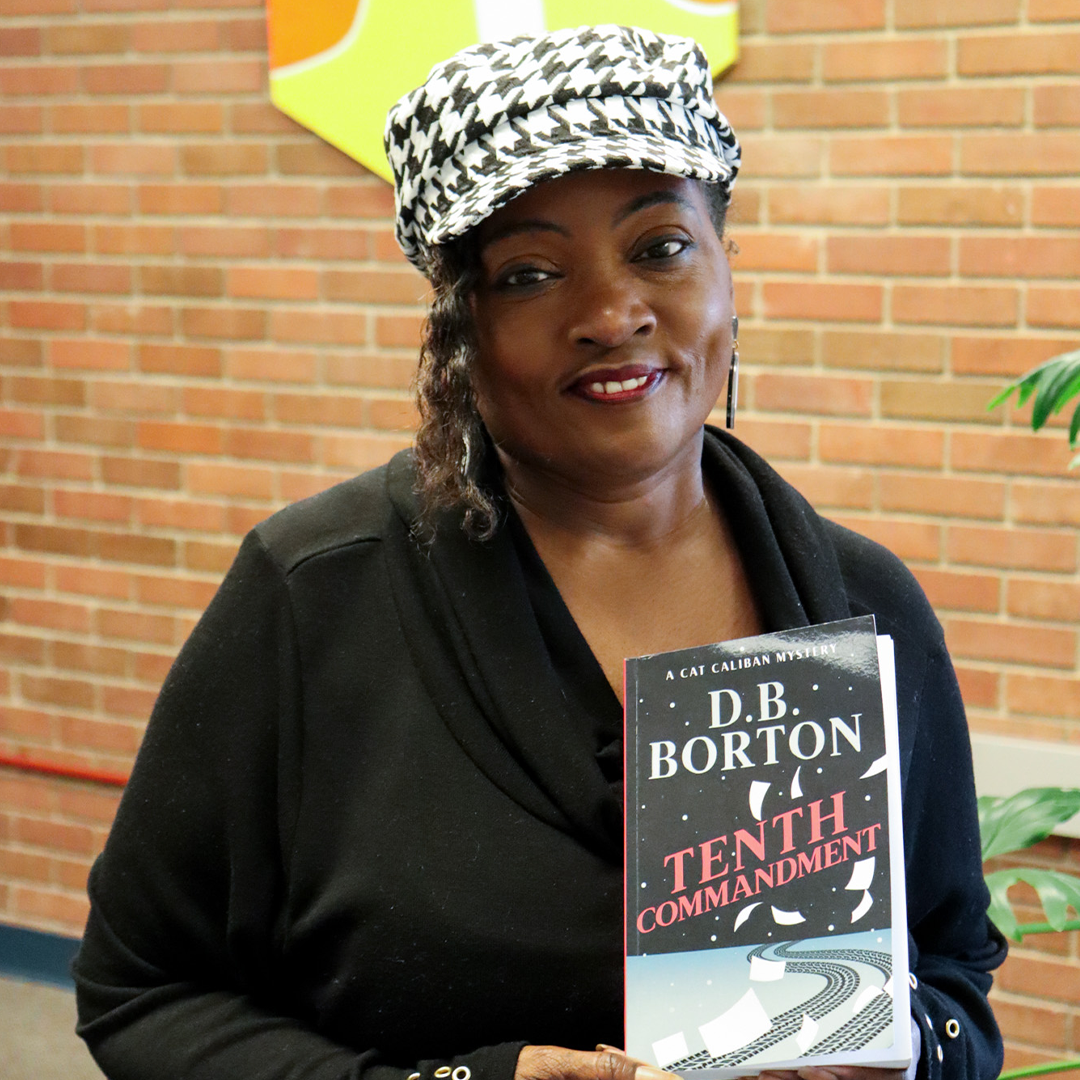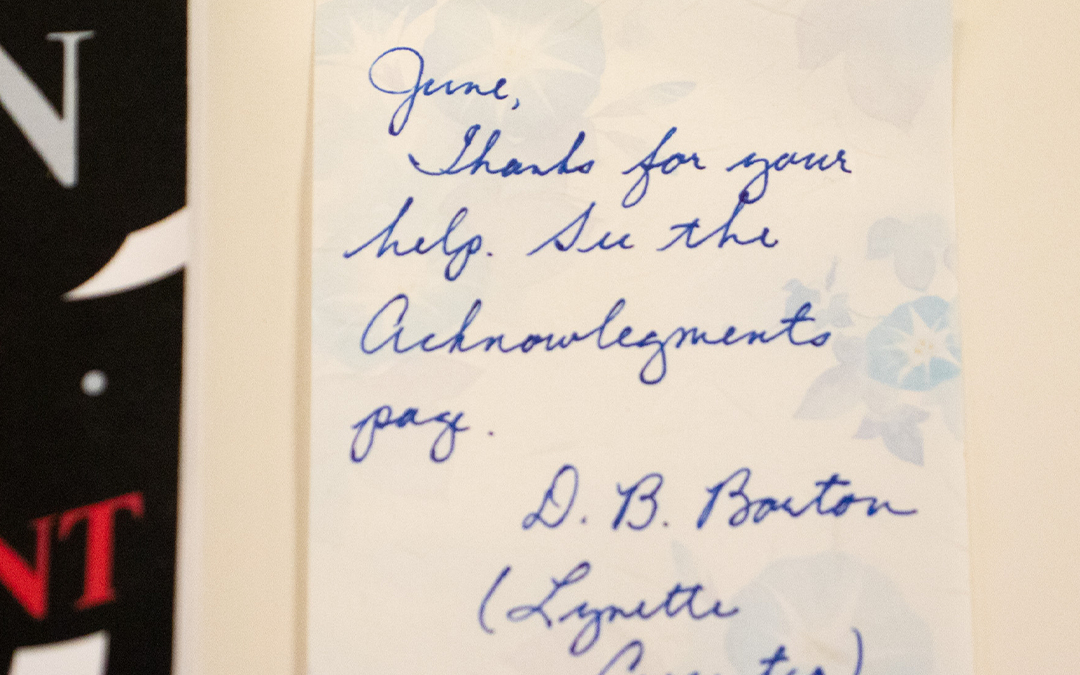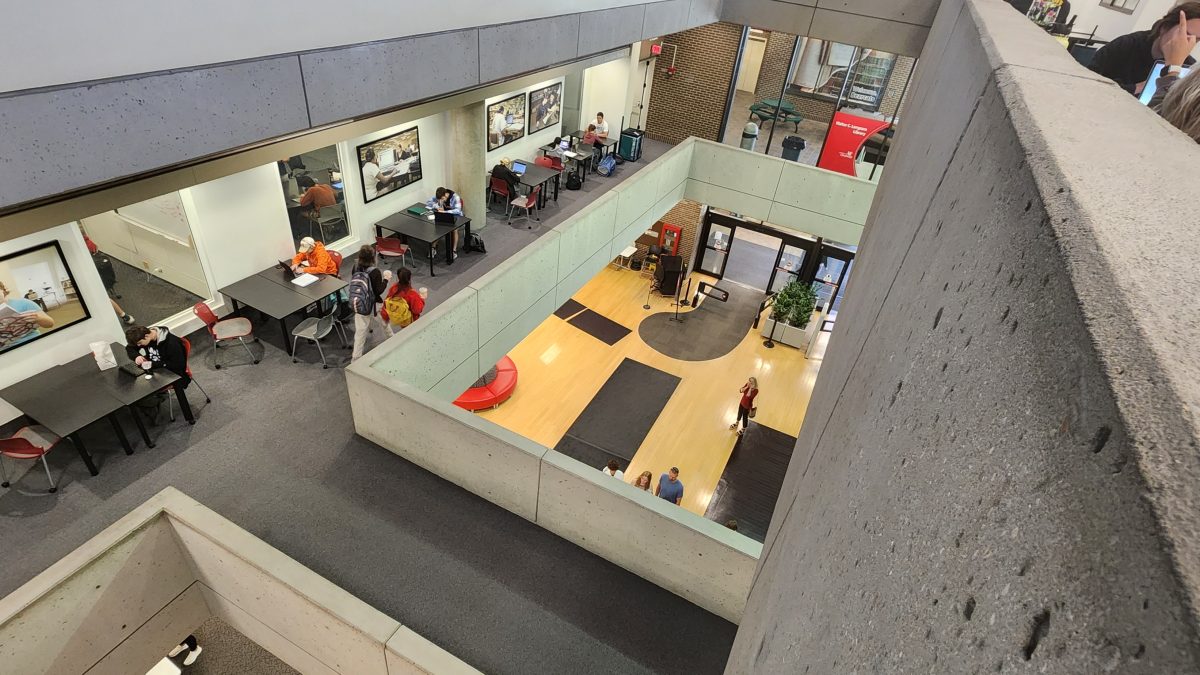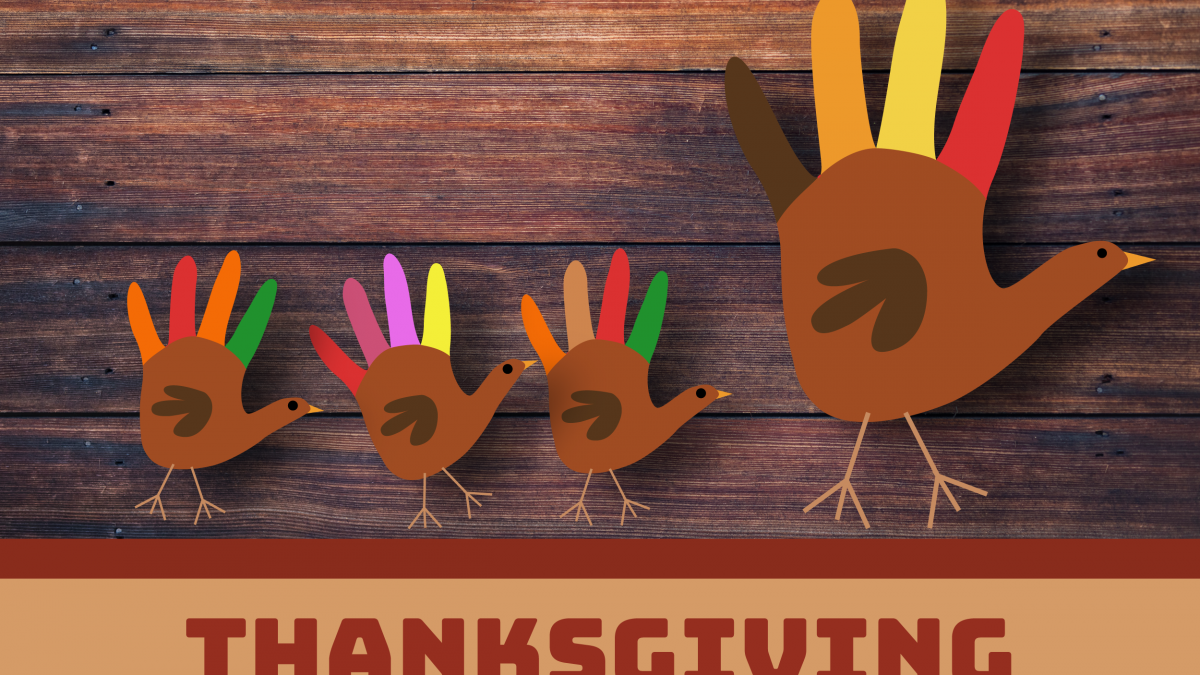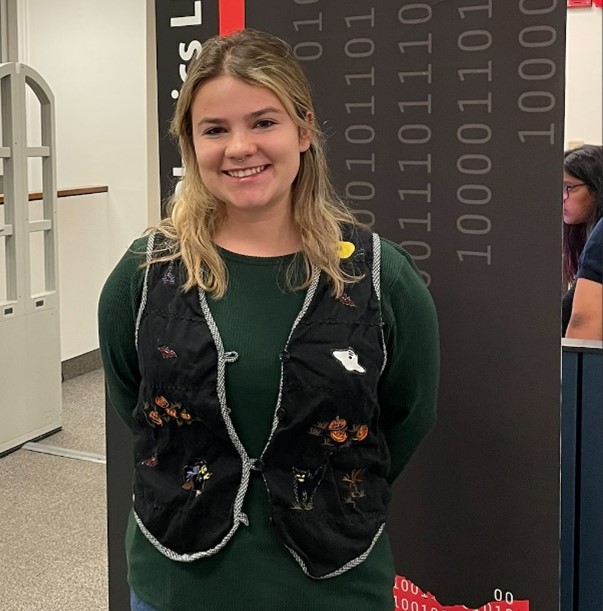Summer is here and that means the Undergraduate Research Summer Learning Community (URSLC)has begun. The kick-off session, held June 4th on the 4th Floor of Langsam brought together students from 55 different research areas for networking and community. The students discussed their research interests and upcoming opportunities over wonderful food featuring egg bake, potatoes, and homemade pastries provided by local business and award winning Pierre Entities Catering.
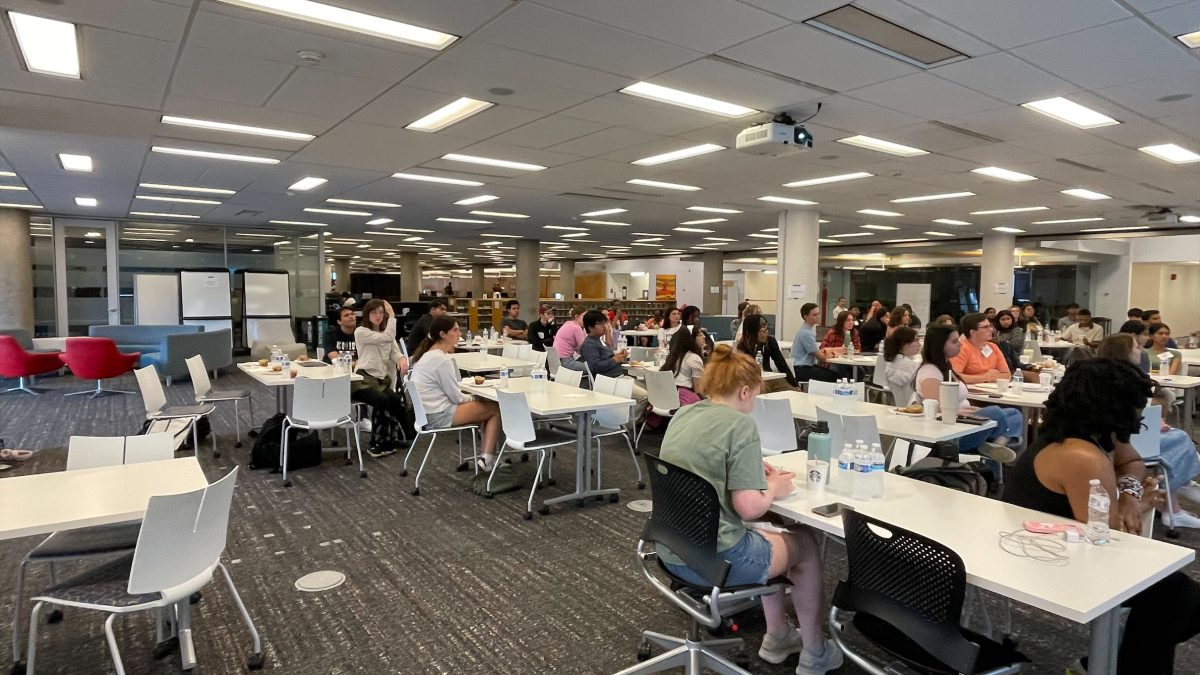
After an overview of the program, Graduate Students and Presidential Fellows Adair McWilliams (Epidemiology), Damilola Odula (Philosophy), and Henry Levesque (Regional and Urban Planning) provided insight into their early days of research and how they thrive in the research environment. Research results in new knowledge, innovations and improved lives and requires a love of exploring the unknown, perseverance, passion, and embracing both failure and success. The graduate students encouraged the audience to dive into the passion, make time for processing information, and especially to make sure they also take care of themselves through the research experience.
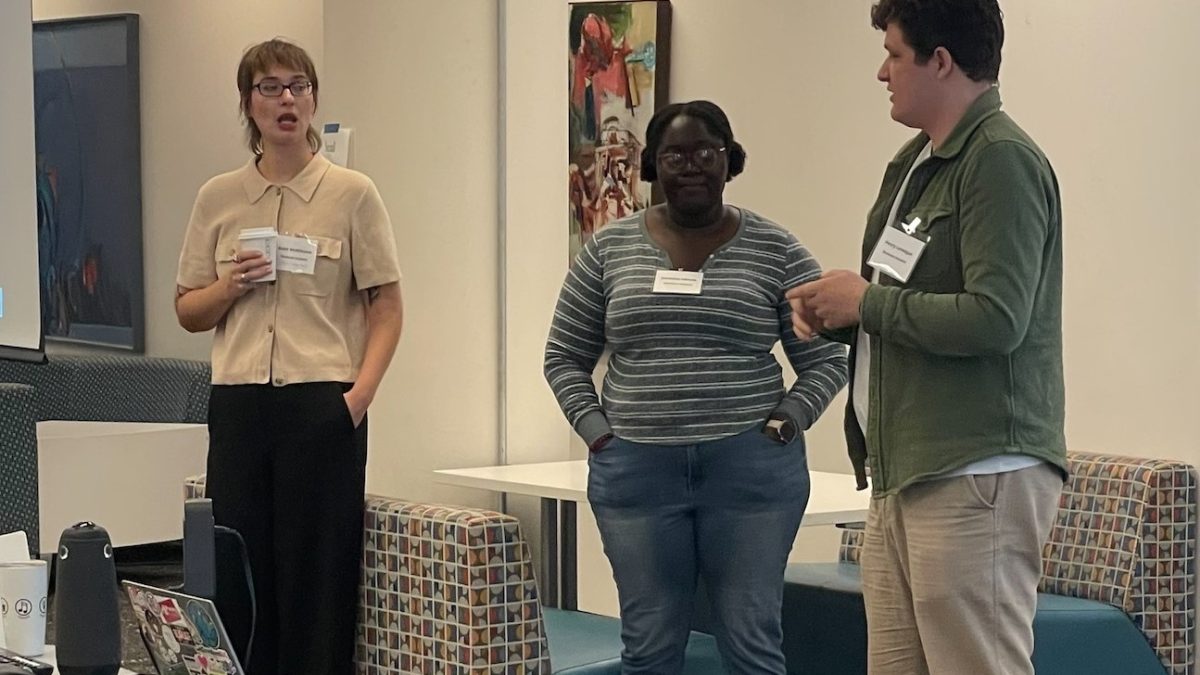
The community meets Wednesdays in June and July from 9:30 to 11 am both in-person and via zoom. The upcoming sessions will cover mentorship, data management, ethics, ownership, presentations and research methods. If you are interested to participate, you can still register. More information can be found on the UC Libraries website.
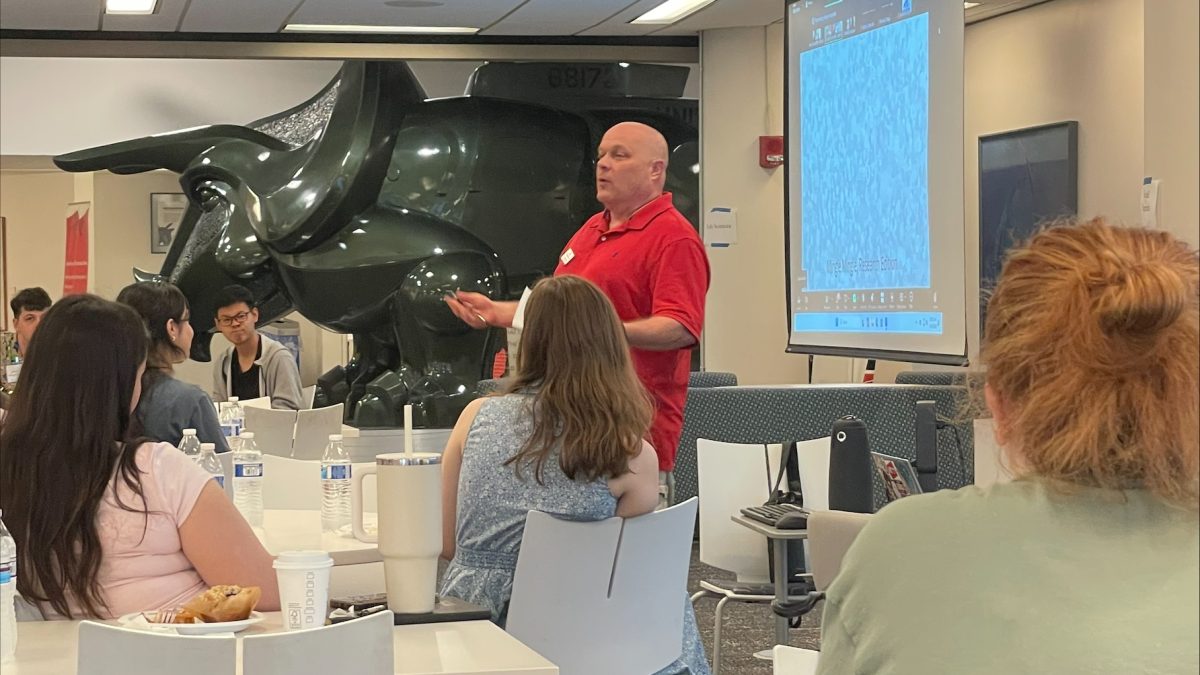
The URSLC is sponsored by UC Libraries and in collaboration with the TRIO McNair Scholars, University Honors Discover program, NSF Louis Stokes Alliances for Minority Participation, and CCPS Undergraduate Research Program. The program is free and open to any undergraduate interested in research.






